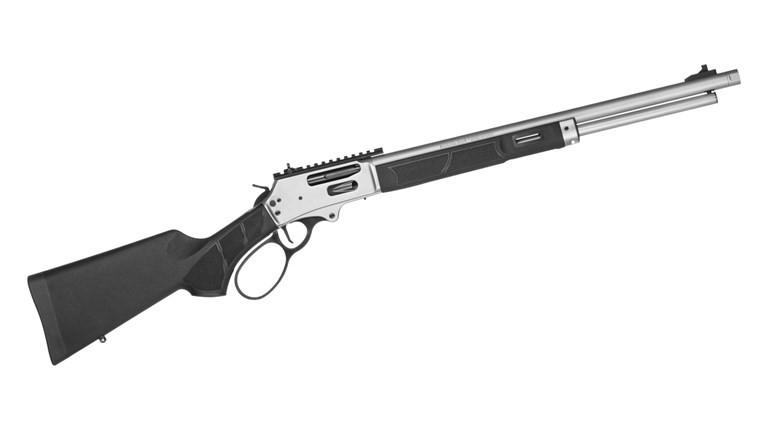
Based upon some of my past remarks, some readers have gotten the idea that I don’t have any use for small defensive handguns. Let me assure you that nothing could be further from the truth. The fact is that I own and shoot several and carry them often, especially in warm weather when concealment is a greater issue.
My concern comes from the fact that the smaller the gun, the more difficult it is to shoot well. It seems like a lot of folks feel the need to acquire a defensive handgun, while a much smaller number feel the need to actually get good training and to practice regularly. Therein lies the problem with small defensive handguns. Here are some suggestions that might help in mastering the small defensive handgun.
One of the problems with small revolvers and semi-autos is the fact that the diminutive grip frame allows the gun to shift in the shooting hand while firing, thus making accuracy an issue. Therefore, the selection of stocks should be based upon not what looks good but rather what fills the shooting hand and allows greater control. In addition, the shooter should practice using a strong grip on these small guns, just short of a white-knuckle hold.
Another issue is managing the trigger for a controlled let-off that doesn’t cause the sights to move off target. While any defensive gun will benefit from a trigger job by a competent gunsmith, the little ones really need it. And it is critically important to make sure that the gun, once it comes back from the gunsmith, will reliably fire the chosen brand of defensive ammunition.
Finally, if regular practice sessions are important with a standard defensive handgun, they are doubly important with the smaller guns. Yes, I know that there are a lot of demands upon our time and that ammunition costs have risen greatly, but the smaller guns just require lots of range sessions. The shooter needs to know at what ranges he or she can reliably make vital zone hits and head shots. Regular practice sessions will not only determine that, but will also help extend those ranges.
I know several defensive shooters who can do impressive things with the small guns, both revolvers and semi-autos. Invariably, these are people who have customized the gun in order to have better control over it and they are folks who practice a lot.
You have a need to carry a small defensive handgun? Get serious...get trained...practice a lot...and make it work for you.



































